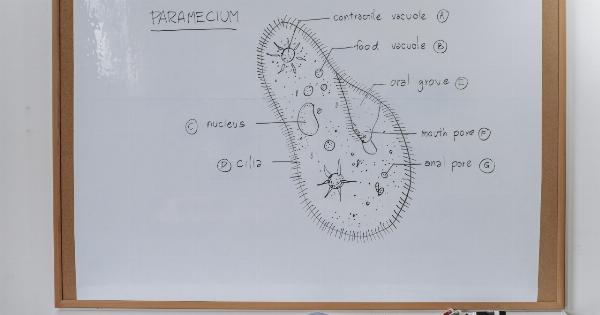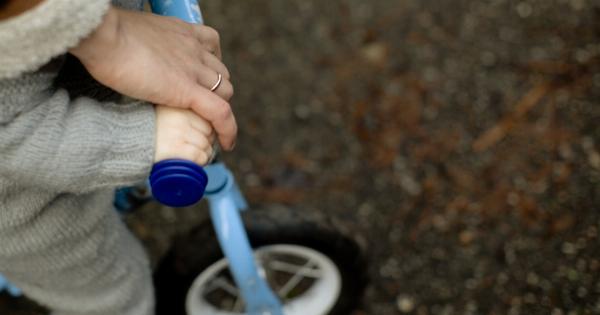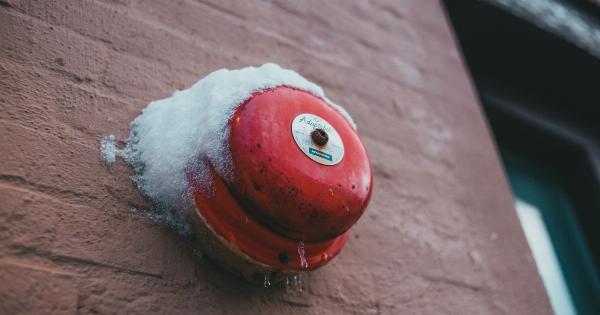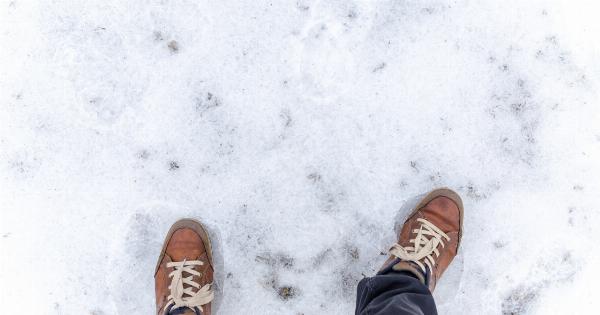As temperatures drop during the winter months, it’s essential to be aware of the potential dangers of hypothermia. This medical condition occurs when the body loses heat faster than it can generate, resulting in a dangerously low body temperature.
Hypothermia can have severe consequences and even be life-threatening if not promptly addressed. In this article, we will explore the causes, symptoms, and prevention methods of hypothermia, ensuring you don’t get left out in the cold.
What is Hypothermia?
Hypothermia is a condition characterized by a core body temperature below the normal level of 98.6°F (37°C).
When the body’s internal temperature drops to dangerous levels, it affects normal bodily functions, leading to potential life-threatening complications.
Causes of Hypothermia
Hypothermia can occur due to various reasons, including:.
- Prolonged exposure to cold weather: When exposed to cold temperatures for an extended period, the body’s ability to generate and retain heat becomes compromised.
- Wet clothing or submersion in cold water: Water conducts heat away from the body much faster than air, making individuals more susceptible to hypothermia if their clothes are wet or they are submerged in cold water.
- Improper clothing: Wearing inadequate or inappropriate clothing for cold weather conditions increases the risk of developing hypothermia.
- Old age: Elderly individuals have a higher susceptibility to hypothermia as they may have reduced ability to sense temperature changes or regulate body heat.
- Medical conditions: Certain medical conditions, such as diabetes, hypothyroidism, and cardiovascular diseases, can impair the body’s ability to regulate temperature and increase the risk of hypothermia.
Signs and Symptoms
The signs and symptoms of hypothermia can vary depending on the severity of the condition. Mild hypothermia symptoms include:.
- Shivering and teeth chattering
- Cold and pale skin
- Fast breathing or breathing difficulties
- Slight confusion or difficulty speaking
- Weak pulse
If hypothermia worsens, the following symptoms may manifest:.
- Intense shivering which may cease suddenly
- Slurred speech or mumbling
- Slow, shallow breathing
- Loss of coordination and drowsiness
- Weak or irregular pulse
Treating Hypothermia
When encountering someone experiencing hypothermia, it is crucial to seek medical assistance immediately. While waiting for medical professionals to arrive, follow these steps to provide immediate aid:.
- Move the person to a warmer environment: If possible, take the person indoors or to a warmer area to prevent further heat loss.
- Remove wet clothing: Wet clothes accelerate heat loss from the body, so remove them gently and replace them with dry garments or blankets.
- Wrap the person in blankets: Use warm blankets or extra clothing to cover the individual, paying extra attention to their head and neck area.
- Offer warm drinks: Give the person warm, non-alcoholic beverages to help increase their body temperature. Avoid caffeine or alcoholic drinks as they can hinder the rewarming process.
- Apply heat packs: Place heat packs or hot water bottles wrapped in a cloth against the person’s armpits, groin, and neck to provide additional warmth.
- Monitor vital signs: Continuously monitor the person’s breathing, pulse, and level of responsiveness until medical help arrives.
Preventing Hypothermia
Prevention is vital when it comes to hypothermia. Follow these tips to minimize the risk:.
- Dress appropriately for the weather: Layering clothing is key to retaining body heat. Choose insulating materials and wear a hat, gloves, and warm socks.
- Avoid excessive alcohol consumption: Alcohol dilates blood vessels, leading to heat loss and impairment in judgment about personal warmth.
- Stay dry: Moisture speeds up heat loss, so take the necessary precautions to keep your clothing dry when outdoors.
- Stay active: Physical activity generates body heat, helping to maintain a warm body temperature.
- Check weather forecasts: Stay informed about upcoming weather conditions and plan outdoor activities accordingly.
- Be mindful of elderly or vulnerable individuals: Keep an eye on older adults or those with medical conditions that may increase their susceptibility to hypothermia.
Conclusion
Hypothermia poses significant risks, especially during cold winter periods. Understanding the causes, signs, and proper prevention methods are crucial to ensuring your safety and the safety of those around you.
Always take the necessary precautions and promptly address the symptoms of hypothermia to minimize the potential dangers associated with this condition. Stay warm, stay safe!.

























